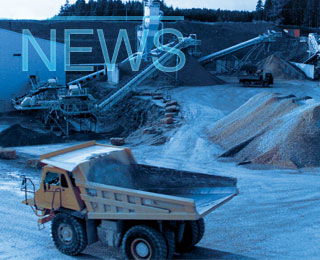Pakistan cement manufacturers earned revenues of US$28.3m on 543,674t of cement exports in October 2016, compared to US$24.52m on 476,170t of exports in the previous month. These figures represent a MoM rise in dollar value and volumes of 15.42t and 14.18 per cent, respectively.
However, when compared with October 2015 (544,797t with a value of US$29.72m), volumes slipped by 4.78 per cent and the value was down by 0.2 per cent, according to the country's Federal Bureau of Statistics.
In the first four months of the 2016-17 financial year (July-October 2016), exports also saw a YoY contraction both in terms of value (-2.12 per cent) and volume (-10.07 per cent). Pakistani cement producers exported 2.03Mt of cement at a total value of US$105.6m in 4MFY16.17, compared with 2.074Mt in the equivalent period of the previous year.
A spokesman for All Pakistan Cement Manufacturers Association (APCMA) said that during the month of October 2016, exports to Afghanistan decreased from 0.252Mt in October 2015 to 0.193Mt in October 2016, showing a decline of 23.4 per cent. However, exports to India registered a healthy increase from 0.086Mt in October last year to 0.11Mt during the same month this year, representing an expansion of 27 per cent. Exports to India are mainly through Wahga border and southern coast of India.
APCMA also expressed concerns over falling exports to Afghanistan, which have declined in the first four months of this financial year by 11.74 per cent. The organisation said cement exports to India have registered an increase of 101.88 per cent during July-October 2016 period from a very low base, but looking forward continued tension between the two countries continues to cloud the outlook. The export to the rest of the world by sea also declined by over 12 per cent during this period.
Manufacturers have appealed to the government to take steps to boost the housing sector as currently the cement industry is mostly depending on infrastructure projects. They said that sustained growth in housing construction is essential to absorb the additional capacities that would be operational in two years.

Lacklustre start to the year for Italian cement
Italian cement demand started 2025 with an eight per cent YoY contraction in January, according ...